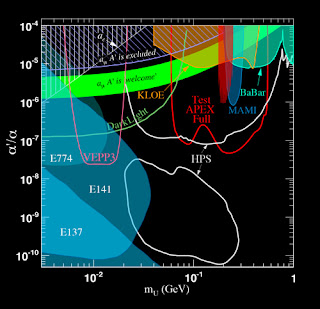MAGIC (
Major Atmospheric Gamma-ray Imaging Cherenkov Telescopes) is a system of two
Imaging Atmospheric Cherenkov telescopes situated at the
Roque de los Muchachos Observatory on
La Palma, one of the
Canary Islands, at about 2200 m above sea level. MAGIC detects particle showers released by
gamma rays, using the
Cherenkov radiation, i.e., faint light radiated by the charged particles in the showers. With a diameter of 17 meters for the reflecting surface, it is the largest in the world.
The first telescope was built on 2004 and operated for five years in standalone mode. A second MAGIC telescope (MAGIC-II), at a distance of 85 m from the first one, started taking data in July 2009. Together they integrate the MAGIC telescope stereoscopic system.
[1]
MAGIC is sensitive to cosmic
gamma rays with energies between 50
GeV and 30
TeV due to its large mirror; other ground-based gamma-ray telescopes typically observe gamma energies above 200-300 GeV. Satellite-based detectors detect gamma-rays in the energy range from keV up to several GeV.
See Also:
The Magic Telescopes









